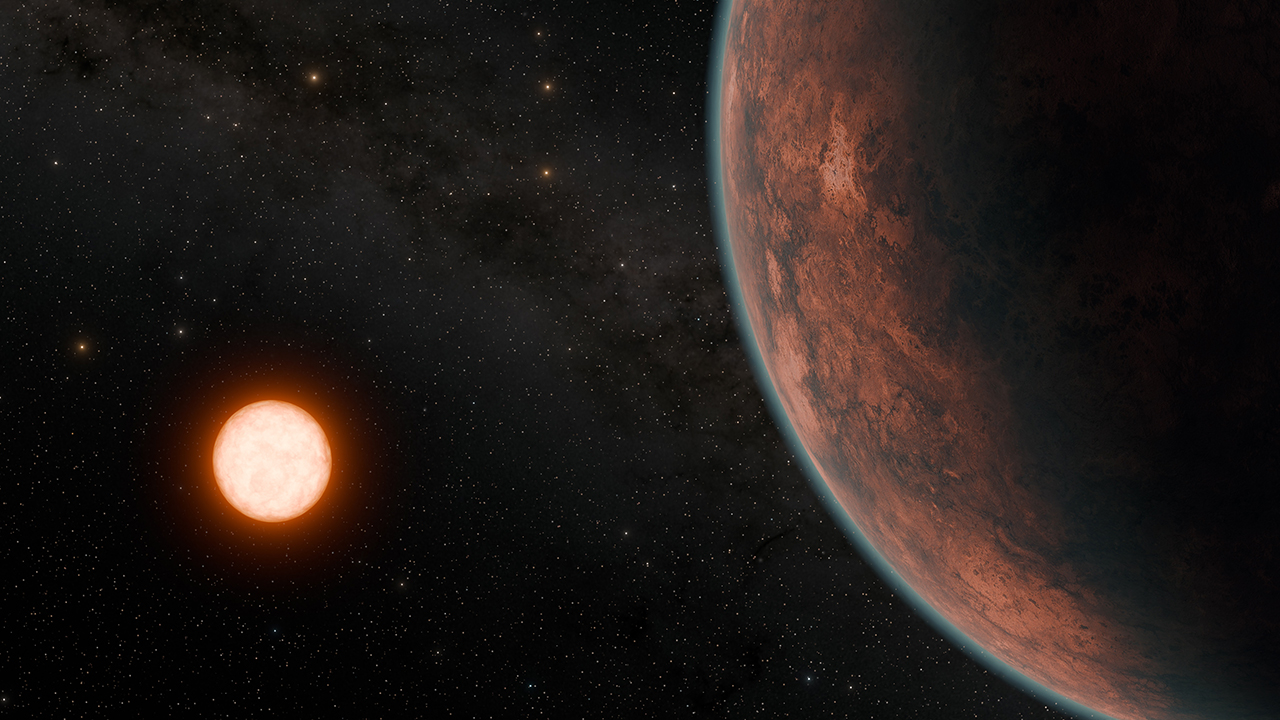An exoplanet called Gliese 12 B has been discovered, which is about the same size as Earth or Venus and orbits a star cooler than the Sun, just 40 light-years from Earth. It is believed that the amount of solar radiation this planet receives from its star is similar to that which Venus receives from the Sun in our solar system. It is also possible for a certain amount of the planet's atmosphere to remain in space without dissipating into space. For these reasons, compared to the exoplanets discovered in the past, it can be said that it is the most suitable planet for studying the atmospheric characteristics of planets such as Venus and comparing them to Earth. In the future, detailed investigations of Gliese 12 b's atmosphere are expected to advance our understanding of the conditions necessary for a planet to have an environment suitable for life.
Is our Earth a special planet that supports a wide range of life forms? Or is it common in the vast universe? In order to answer this question, which is arguably fundamental for humanity, since the 1990s, searches for exoplanets have been carried out using various detection methods. As a result, the number of exoplanets discovered has now exceeded 5,500. There are many small planets like Earth, but most of them are far from the solar system, making it difficult to learn more about them. In recent years, exploration of planets near the solar system orbiting stars called M-type stars, which are lighter and smaller than the Sun, has been intensively pursued, and research is progressing to learn more about them.
The host star of the newly discovered planet, Gliese 12, is an M-type star about a quarter the size of the Sun. Since 2019, the search for planets orbiting this star has been carried out using the Subaru IRD telescope's infrared spectrograph (InfraRed Doppler). Meanwhile, in 2023, NASA's TESS space telescope discovered an Earth-sized planet candidate. An international research team led by researchers from the Center for Astrobiology, the University of Tokyo and the National Astronomical Observatory of Japan will conduct observations of this candidate planet using the MuSCAT series of multi-color imaging cameras and other instruments to confirm the existence of the planet. We conducted an analysis that included observational data from TESS and IRD. They revealed that the planet has an orbital period of 12.8 days, a radius of about 0.96 times that of Earth, and a maximum mass of 3.9 times Earth's mass.
This planet, Gliese 12 B, orbits close to its host star, 0.07 times the distance between Earth and the Sun. However, due to the low temperature of the host star, the amount of solar radiation received from the host star is about 1.6 times that of Earth, about the same level as Venus. There is currently no liquid water on the surface of Venus, but it has been indicated that it may have existed in the past. Likewise, depending on conditions, there is still a possibility that liquid water existed in Gliese 12b in the past, or even exists today. “Future detailed observations by the James Webb Space Telescope (JWST), and transient spectroscopic observations by the future 30-meter ground-based telescope, we hope our observations will reveal the type of shell,” said project associate professor Masayuki Kuzuhara of the Center for Astrobiology at the National Institutes of Natural Sciences. “The atmosphere of this planet and whether there are components associated with life, such as water vapor, oxygen and carbon dioxide.”
Detailed article
The discovery of “extrasolar Venus” is the key to the search for life in space
Astrobiology Centre
The discovery of “extrasolar Venus” is the key to the search for life in space
Subaru telescope

“Travel maven. Beer expert. Subtly charming alcohol fan. Internet junkie. Avid bacon scholar.”






More Stories
It's better to call it a digital camera. The Xperia 1 VI lets you take any kind of photo | Gizmodo Japan
Google may be developing a new device called “Google TV Streamer” to replace “Chromecast”
What do you want to talk about? “Persona 3 Reload” recommendation campaign is running until July 31st! |.Persona Channel